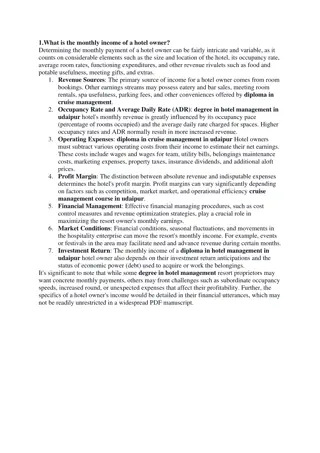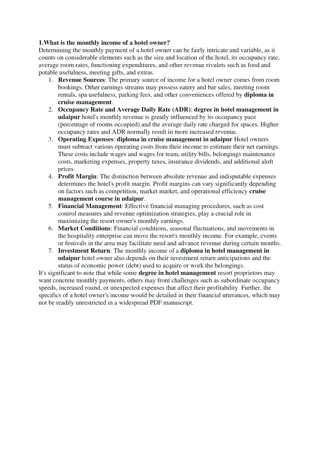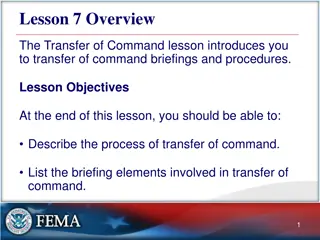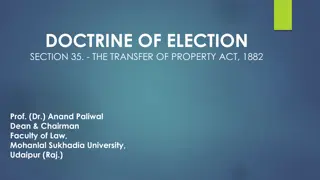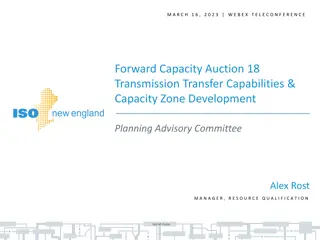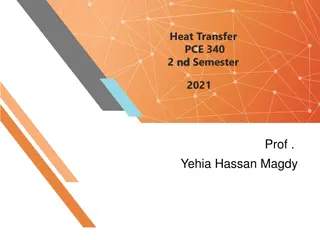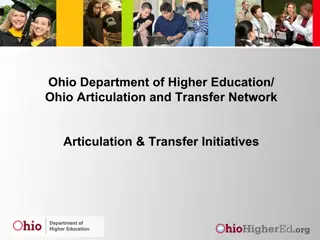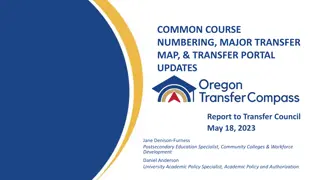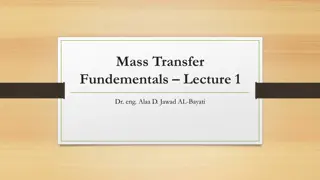
Understanding Section 41 Transfer by Ostensible Owner
Explore the concept of ostensible ownership in property transfers under Section 41. Learn who qualifies as an ostensible owner, the general principles governing such transfers, and the conditions and case laws relevant to this legal provision.
Download Presentation

Please find below an Image/Link to download the presentation.
The content on the website is provided AS IS for your information and personal use only. It may not be sold, licensed, or shared on other websites without obtaining consent from the author. If you encounter any issues during the download, it is possible that the publisher has removed the file from their server.
You are allowed to download the files provided on this website for personal or commercial use, subject to the condition that they are used lawfully. All files are the property of their respective owners.
The content on the website is provided AS IS for your information and personal use only. It may not be sold, licensed, or shared on other websites without obtaining consent from the author.
E N D
Presentation Transcript
Learning Section 41 Who is an ostensible owner? General Principle regarding transfer by an ostensible owner Condition for applicability of section 41 Case laws
Section 41 Where, with consent, express or implied, of the persons interested in immoveable property, a person is the ostensible owner of such property and transfers the same for consideration, the transfer shall not be voidable on the ground that the transferor was not authorized to make it: provided that the transferee, after taking reasonable care to ascertain that the transferor had power to make the transfer, has acted in good faith.
Who is an ostensible owner Has ownership without being the real owner Apparently looks like a real owner May his or her name be found in the record of property but never intended to own the property Sources of the money For example, a benamider Ananda Mohan vs NIlpharmari 1922
General Principle Ostensible owner can transfer the property It is based on principle of natural equity The transferee must act in good faith and reasonable care Ram Coomer vs Mcqueen 1872
Conditions for the application of the section Transferor is an ostensible owner Ostensible has become so with the express or implied consent of a real owner Consideration Good faith and reasonable care on the part of transferee
Case laws Ram Coomar Koondoo vs Macqueen 1872 Fact High court Decision Privy Council Decision Judgement


